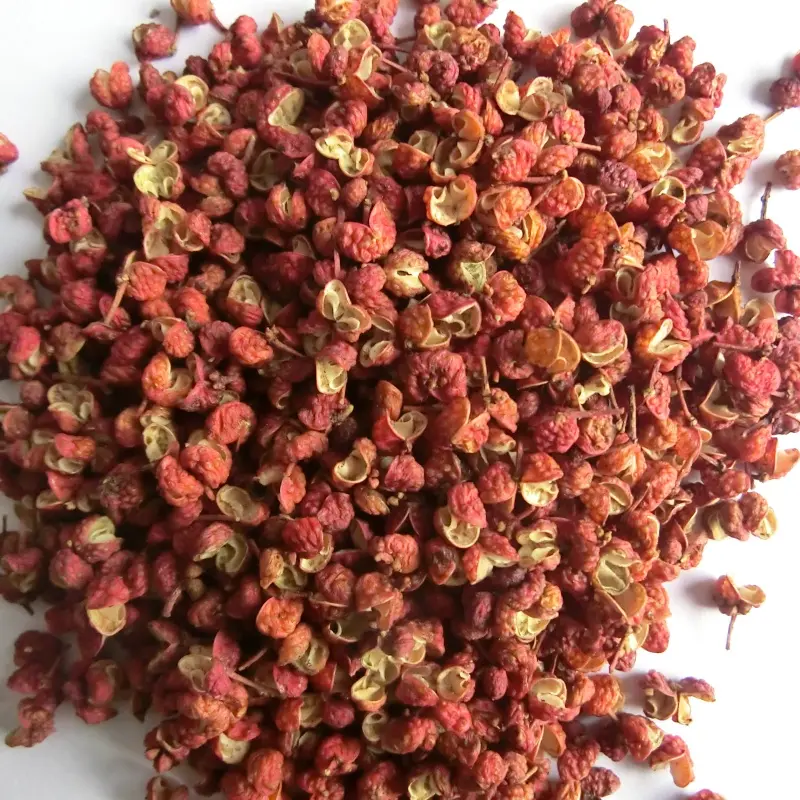Basic Information of Sichuan peppercorns
Chinese name: 四川花椒
English name: Sichuan peppercorns
Latin name: Zanthoxylum bungeanum
Origin: China (mainly Shaanxi and Sichuan)
Extraction method: distillation
Extraction part: peppercorns
What is Sichuan pepper?
Sichuan pepper is a small deciduous tree of the Rutaceae and Zanthoxylum genus. It likes warmth in nature, cannot tolerate severe cold, and is a positive tree species with shallow roots. It needs strong light and is drought tolerant. It can grow as long as it is not on heavy soil, but it is more suitable for hilly slopes with leeward wind.
Sichuan pepper tree can be up to 7 meters high. The leaflets are opposite, oval, oval, and thin lanceolate. The leaf margin has fine split teeth, and there are oil spots between the teeth. The back of the leaf is pubescent, and the back of the leaf has reddish brown stripes. Inflorescences are terminal or on the top of lateral branches. Perianth segments are yellowish green with roughly the same shape and size; Style obliquely dorsifixed. The fruit (peppercorns) is purple red or green, with scattered slightly raised oil spots. The flowering period is from April to May, and the fruit (peppercorns) period is from August to September or October.
Classification of Sichuan pepper
Sichuan pepper is mainly divided into oil leaf Sichuan pepper and hairy leaf Sichuan pepper according to their different leaves.
Oil leaf Sichuan pepper
The leaves of oil leaf Sichuan pepper have oil spots visible to the naked eye. The oil spots are slightly raised after drying, and the leaf axis, fruit order and fruit separating petals are reddish brown after drying. The fruiting period is from July to August.
There are tufts on both sides of the base of the midvein on the back of the leaves of oil leaf Sichuan pepper. The rest of the leaves are hairless, and the leaves have no oil spots except for oil spots on the leaf margin. The type specimens were collected from the suburbs of Beijing. It is distributed in western Sichuan (Tianquan, Eshan, etc.). The type specimen was collected from Eshan, Sichuan. It can be seen in the mountain sparse forest with an altitude of 2000-2500m.
Hairy leaf Sichuan pepper
The new shoots, leaf axis, inflorescence axis, and both sides of leaflets of hairy leaf Sichuan pepper are covered with pilose, and sometimes the fruit stalk and the ventral surface of leaflets are hairless. This variety can be divided into two types. The leaves of the first type are thin and papery, and their colors are obviously different after drying. The back of the leaves is grayish white, and the fruit stalks are thin and elongated; In the other type, the leaflets are thick and papery, the leaf surface and fruit stem are hairless, the lateral veins are sunken on the leaf surface in a fine fissure shape, the two sides of the leaflets are nearly the same color, and the dried leaves are reddish brown, and the fruit stem is thicker. The flowering period is from May to June, and the fruit period is from October to November. It is produced in Qinghai (Xunhua), Gansu, southern Shaanxi, western and northwestern Sichuan (Lixian, Heishui, Maoxian, Baoxing, etc.). It can be seen in the mountain sparse forest at an altitude of 2500-3200.
The origin of Sichuan pepper is very important. The quality of Sichuan pepper which grows in places with suitable climate are relatively good, and the price is correspondingly more expensive.
Classification of Sichuan peppercorns
Sichuan peppercorns are mainly divided into red Sichuan peppercorns and green hemp peppercorns according to different fruit colors.
Red Sichuan peppercorns
Red Sichuan peppercorns are mainly produced in Sichuan, Shaanxi, Gansu, Yunnan and other places. Among them, Sichuan Maoxian pepper and Hanyuan pepper are the most famous. Sichuan cuisine chefs love to use the pepper produced in these two places. The red pepper is also called Dahongpao. It has large granules, bright red color, dense oil sacs, and is plump; The opening is large, and the endocarp is smooth and light yellow; The aroma is rich and lasting, and the taste is pure.
Green hemp peppercorns
The main production areas of green hemp peppercorns are in Jinyang, Sichuan and Youyang, Chongqing. The use of green hemp pepper is relatively late. It was first started by Chongqing chefs. Because of its unique fragrance and strong and distinctive taste, it was quickly accepted by the market. It can be said that the success of Chongqing's Jianghu cuisine depends on the contribution of green hemp peppercorns. The main characteristics of green hemp peppercorns are round fruit particles, green color, oily, and large and dense oil cells on the surface. The fragrance is soft, and the hemp taste is pure and strong.
Usage of red Sichuan peppercorn and green hemp peppercorns
The price of red Sichuan peppercorn and green hemp pepper is not much different, their main difference is in usage. Smart chefs are very good at making use of the above three differences to cook different delicacies. For example, for the stir-fried type, red Sichuan peppercorns are used because it needs to highlight the fragrance; If it is a Jianghu dish, it is in pursuit of pot, so we should use green hemp peppercorns; Some dishes, such as fish, are both fragrant and spicy. Then serve two kinds of Sichuan peppercorns together. Therefore, we often see that some dishes are covered with a thick layer of Sichuan peppercorns, which can give people a kind of enjoyment whether it is visual, auditory, smell or taste.
The latest wholesale price of Sichuan peppercorns
The price of Sichuan peppercorns is generally fluctuated frequently because of the production and processing costs, quality, output, market demand, region, freight, etc. The current wholesale price of Chinese prickly ash is about USD12 - USD39/kg. Follow us to get the latest Sichuan pepper prices at any time.

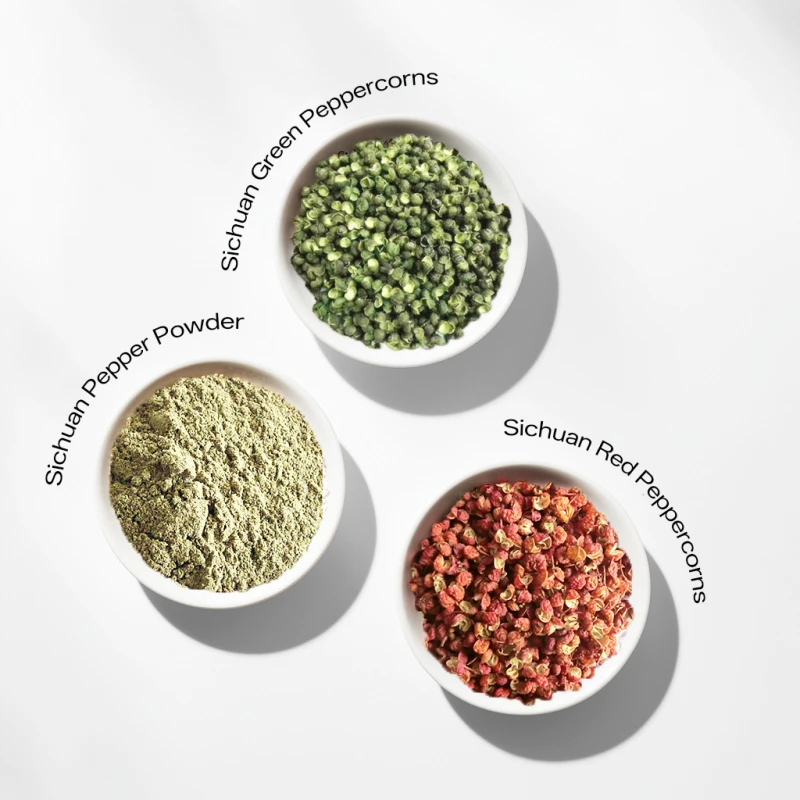
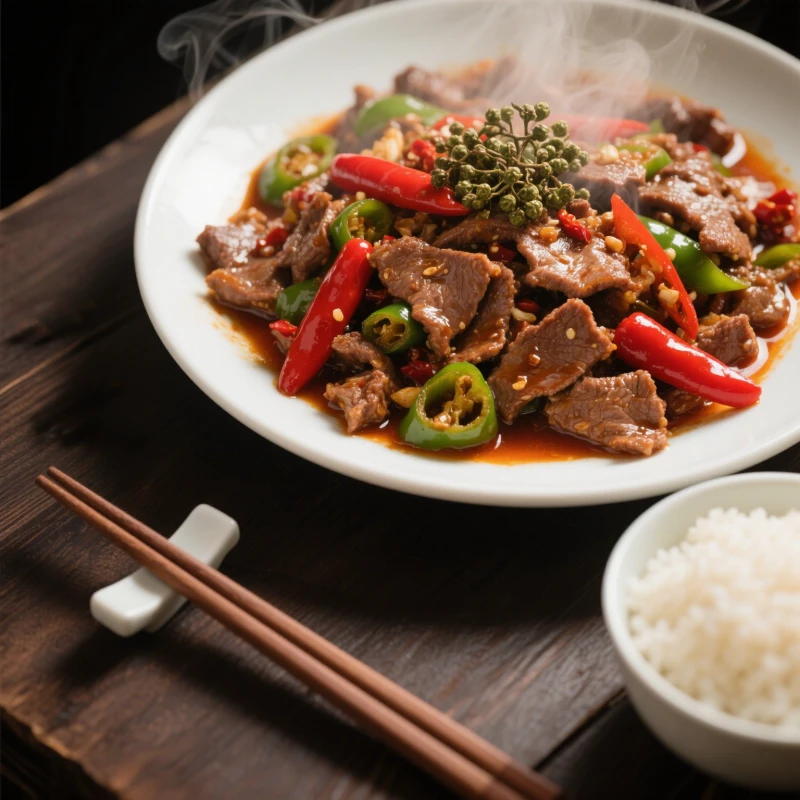

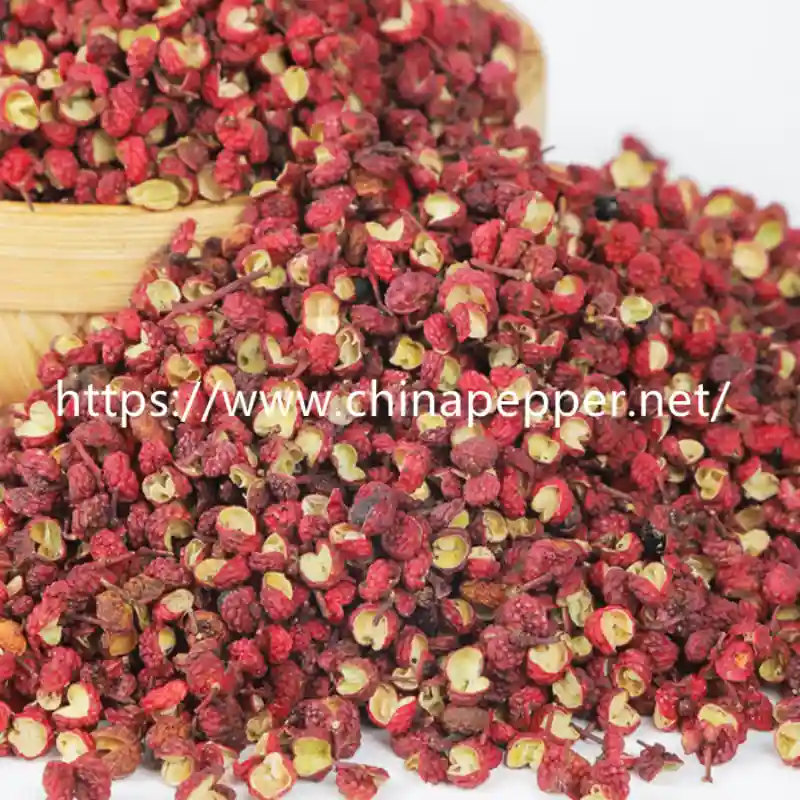
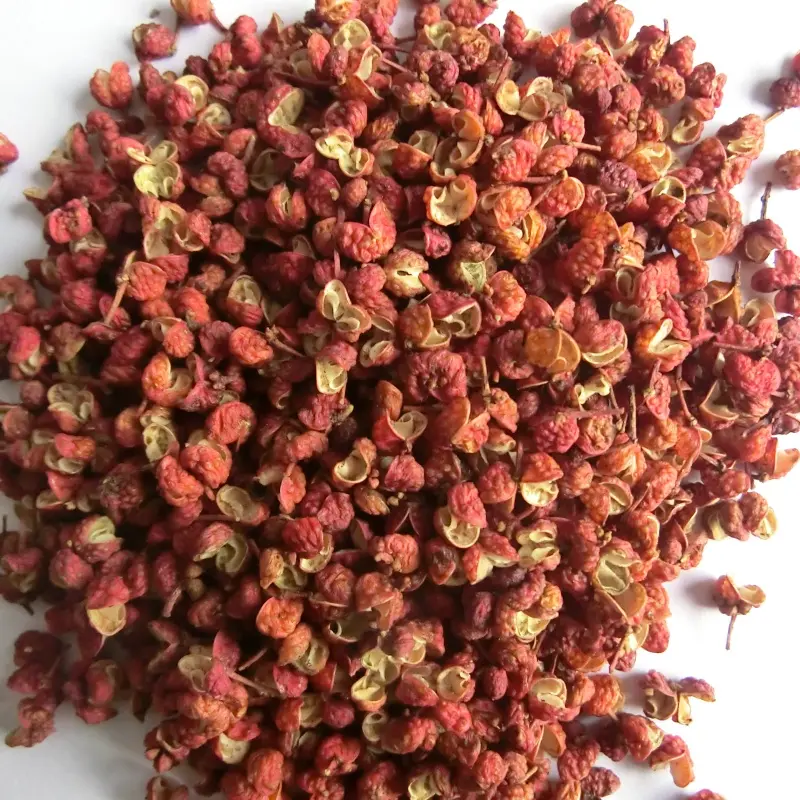
811.webp)

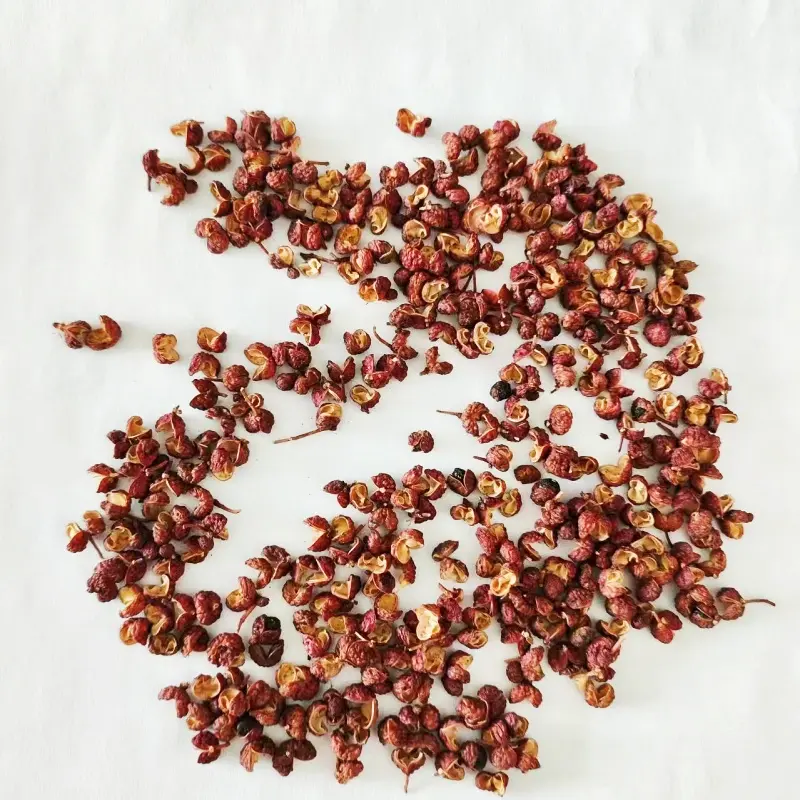
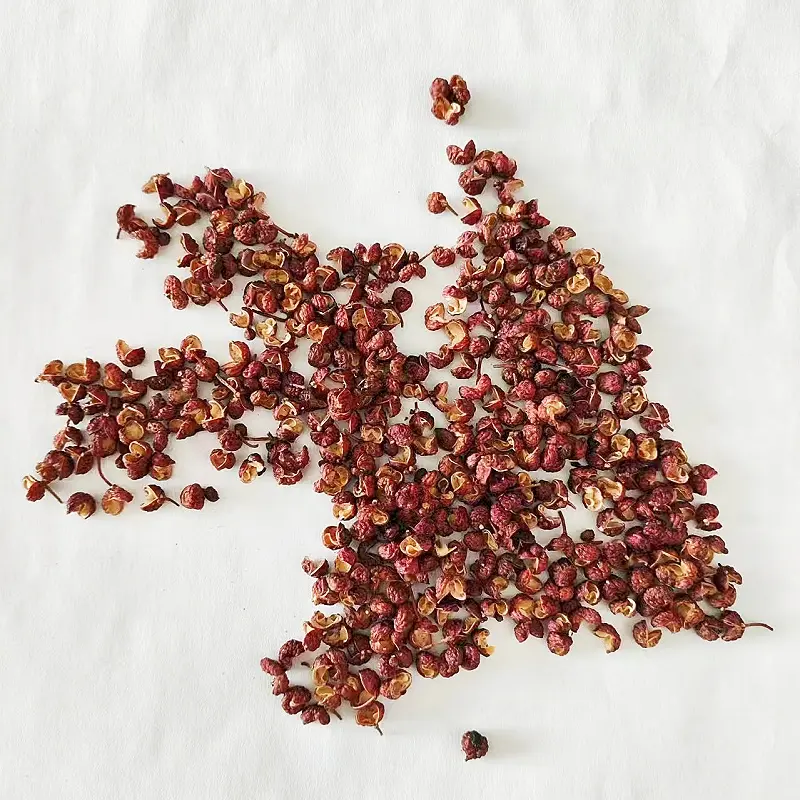
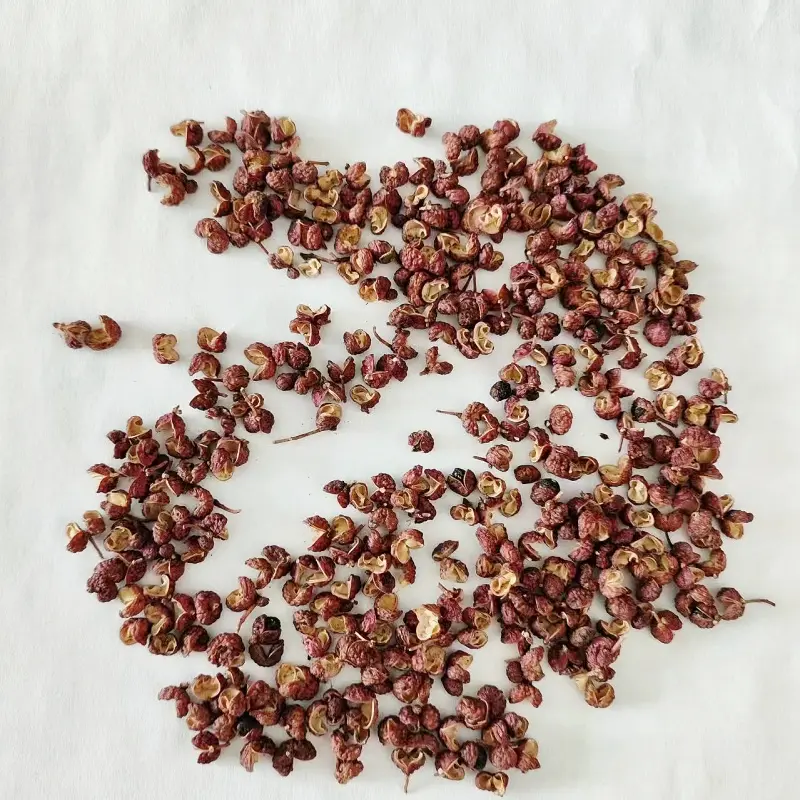
114.webp)
